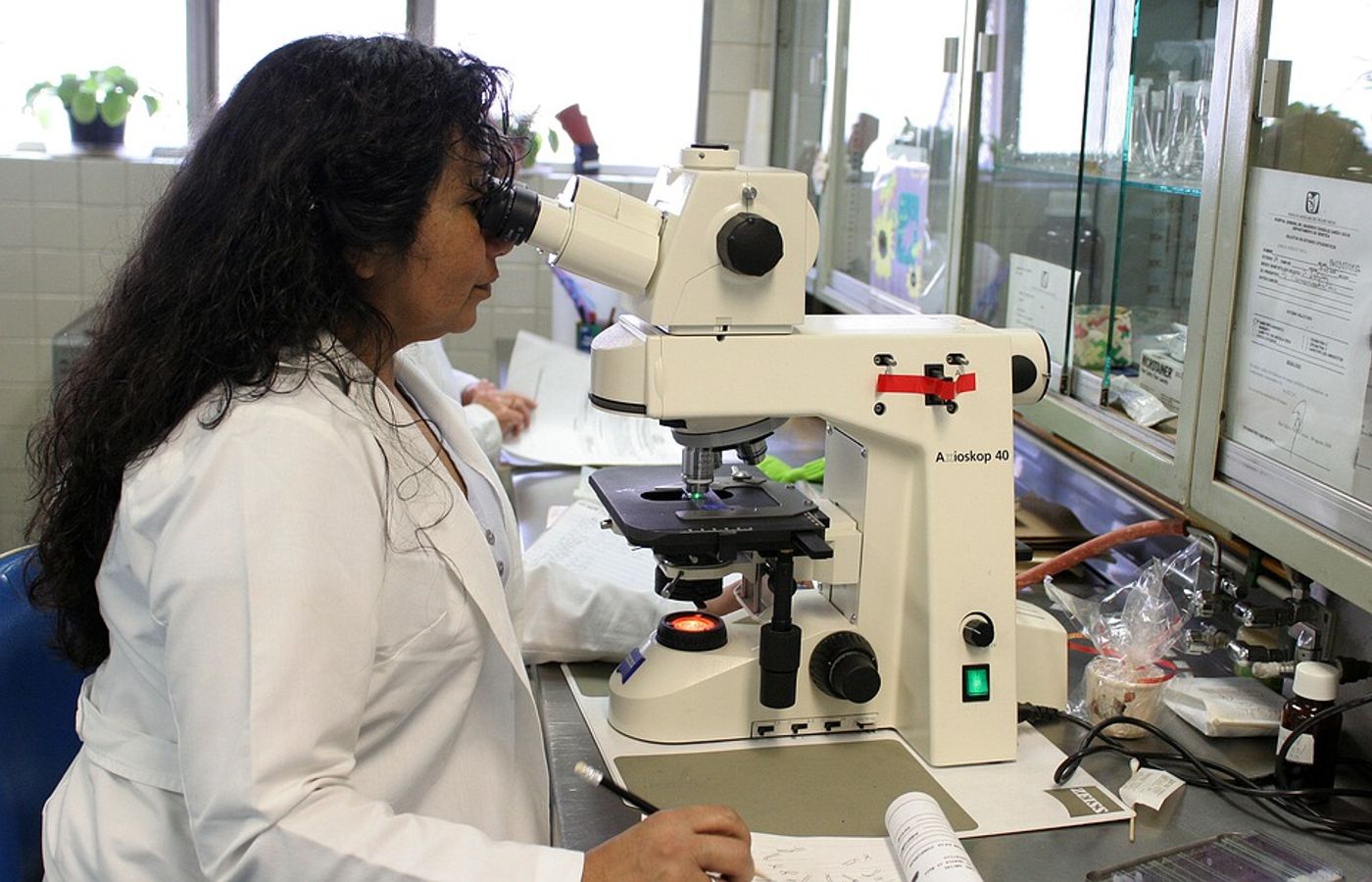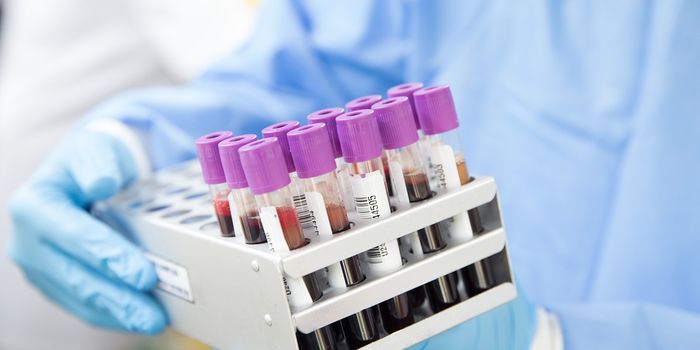New technique maps tissue development and tumors
Research published recently in the Proceedings of the National Academy of Sciences details the development of a new technique that is capable of mapping tissue formation and cell metastasis. This method has the potential to improve our understanding of how tumors spread and how new tissue forms, both crucial for cancer research.
The technique draws on a method called TFM, traction force microscopy, that is capable of measuring the forces that single cells exert. However, this new method aimed to measure such forces in cell clusters, such as those seen in tumors.
"We know that the way groups of cells interact with their extracellular matrix is important, and we want to understand the instructions that tell these clusters to become organized into tissue-like architecture, or alternatively to become disorganized like an invasive tumor," said author Ian Y. Wong, an assistant professor at Brown University's School of Engineering. "This technique gives us a way to profile these mechanical interactions between cells and matrix in a way that we couldn't before."
Co-first author Susan Leggett elaborated, saying, "We know that tumors, for example, tend to be spatially heterogeneous, with cells behaving differently throughout a tumor. So, elucidating heterogeneous behaviors across a multicellular cluster is something that's important in a clinical context."
Using an approach called DART (Displacement Arrays of Rendered Tractions), the researchers mapped the forces that multi-cluster cells were exerting on their surrounding environments in mammary cells. They looked for specific patterns that the clusters made in order to analyze their results.
"Basically in any setting where cells need to move in an extracellular matrix, we can use this technique to look for patterns," said co-author Christian Franck, an associate professor of mechanical engineering at the University of Wisconsin, Madison.
Through this mechanism, the researchers hope to shed light on how different drugs affect cell migration and division and in turn better understand tumor metastasis. In an effort to make their findings accessible and readily usable, the researchers made the code behind the technique freely available online.
Sources: PNAS, Science Daily









